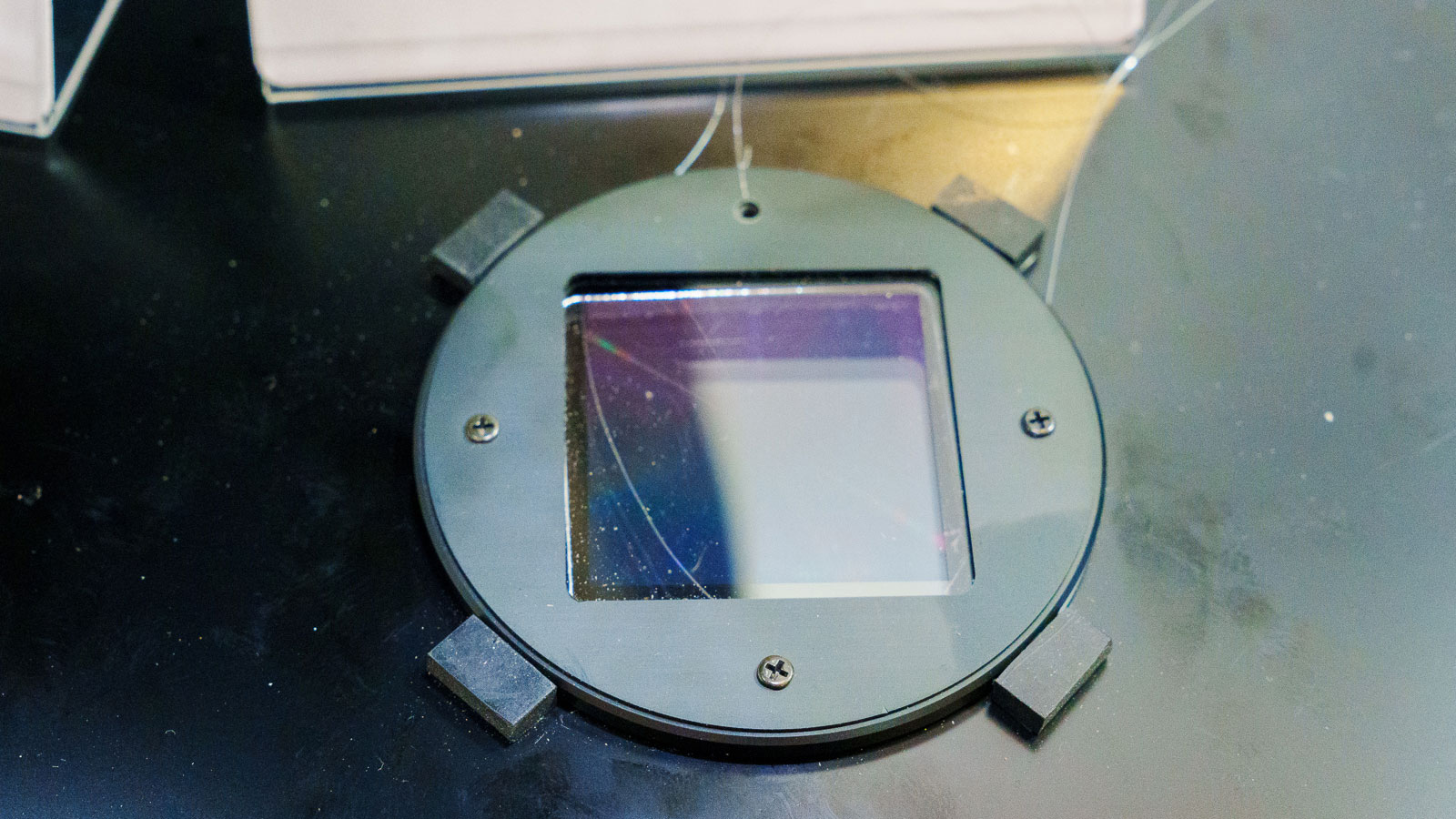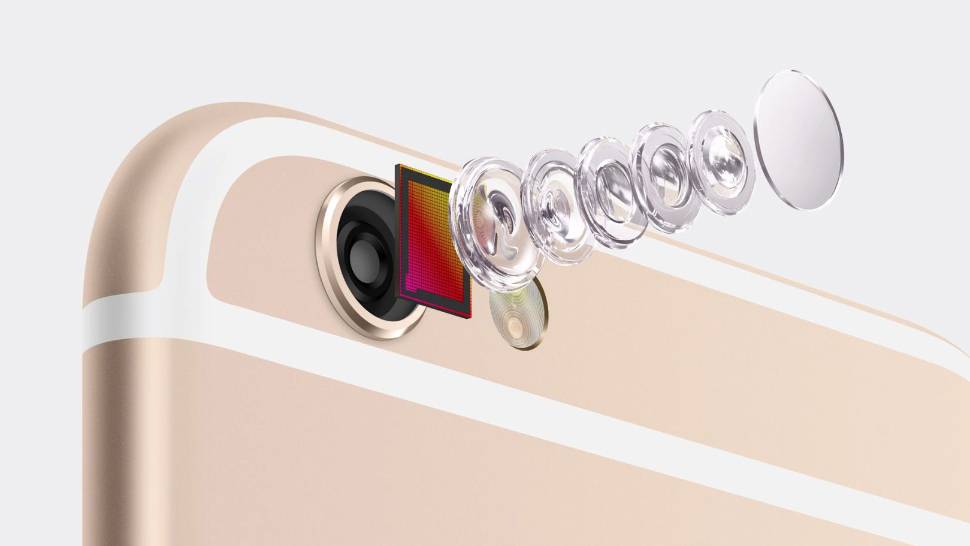
The history of modern technological endeavors has been focused on miniaturization, and recently Taiwanese company Optor has been showing off its new ‘metalens’ – a flat 100mm lens, only 5mm thick.
The company claims that the resolution is equivalent to that of a normal lens, and that aberrations have been corrected.
Metalenses are tiny optical elements that can manipulate electromagnetic waves, or light, just like traditional lenses, but are thinner than a sheet of paper. This new technology could dramatically change the size of imaging devices, making cameras smaller and smartphones less bulky.
The concept of metamaterials has been around for a while. But in recent years Canon, Samsung and others have been frantically trying to develop their own workable metalenses, both for cost-cutting efficiency and their potential to revolutionize multiple optical applications.
While traditional lenses work by bending light waves, often with multiple individual lenses stacked together to direct and control the light in different ways, the concept of a metalens is a single thin, flat structure with multiple waveguides. These waveguides are like tiny pillars, arranged in specific patterns, similar to antennae.
The thin and flat nature of the lenses mean that they do not produce chromatic aberrations, an outline of unwanted color in a photograph that occurs when a lens cannot bring all the wavelengths of light to a single converging point.
Optor has already established a mass production system, and after its recent unveiling at the CEATEC technology convention in Japan, it plans to attempt to make the lens even thinner, and begin rolling it out into consumer markets.
Prior to this exciting innovation, a significant milestone in the development of metalenses came in 2018, when a team of researchers at the Harvard John A Paulson School of Engineering and Applied Sciences developed the first single lens that could focus the entire visible spectrum light, including white light, in the same spot and resolution. This was only previously achieved by stacking multiple conventional lenses.
While this technology is still a little way off, large optical manufacturers are working hard to incorporate it into their products, meaning one day soon the phone and camera world may have a very different look.

If you're looking for the smallest camera optics, take a look at the best pancake lenses. And of course, the best camera phones feature some of the smallest lenses around.







